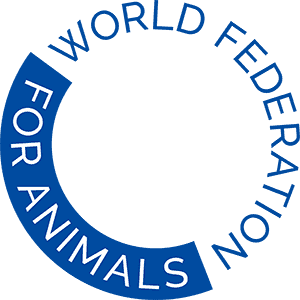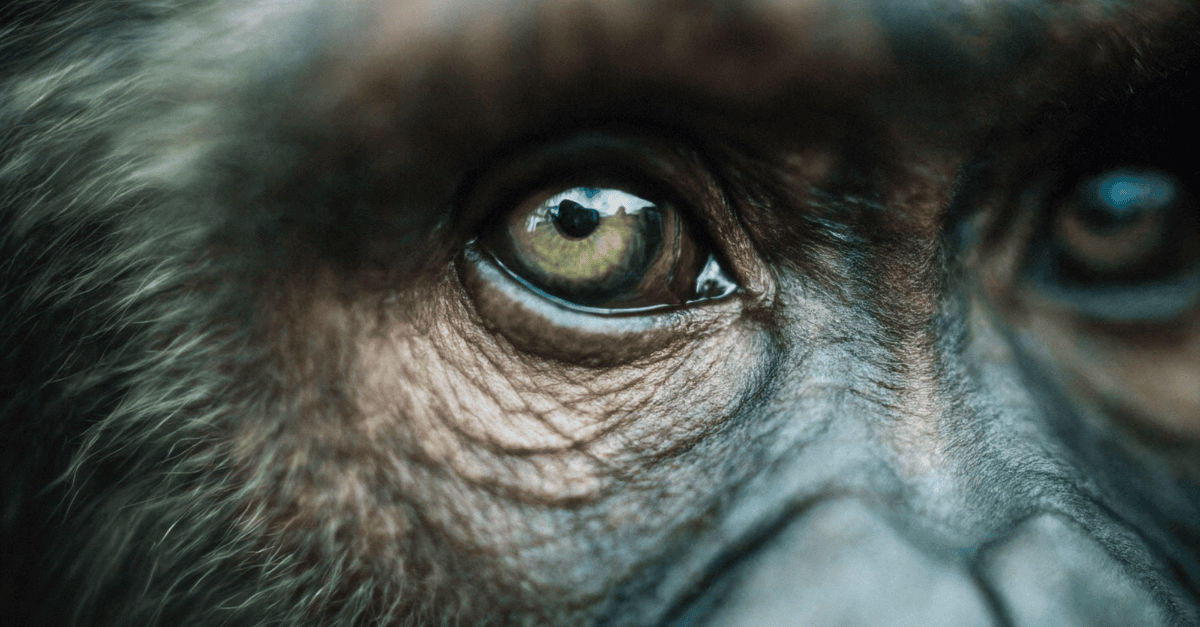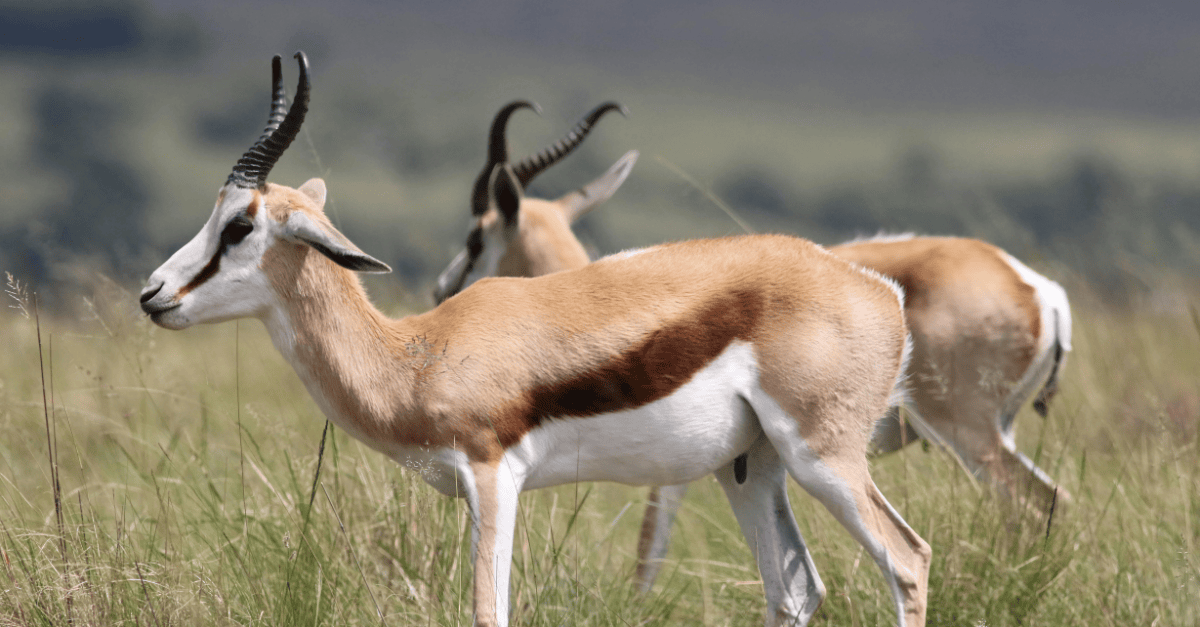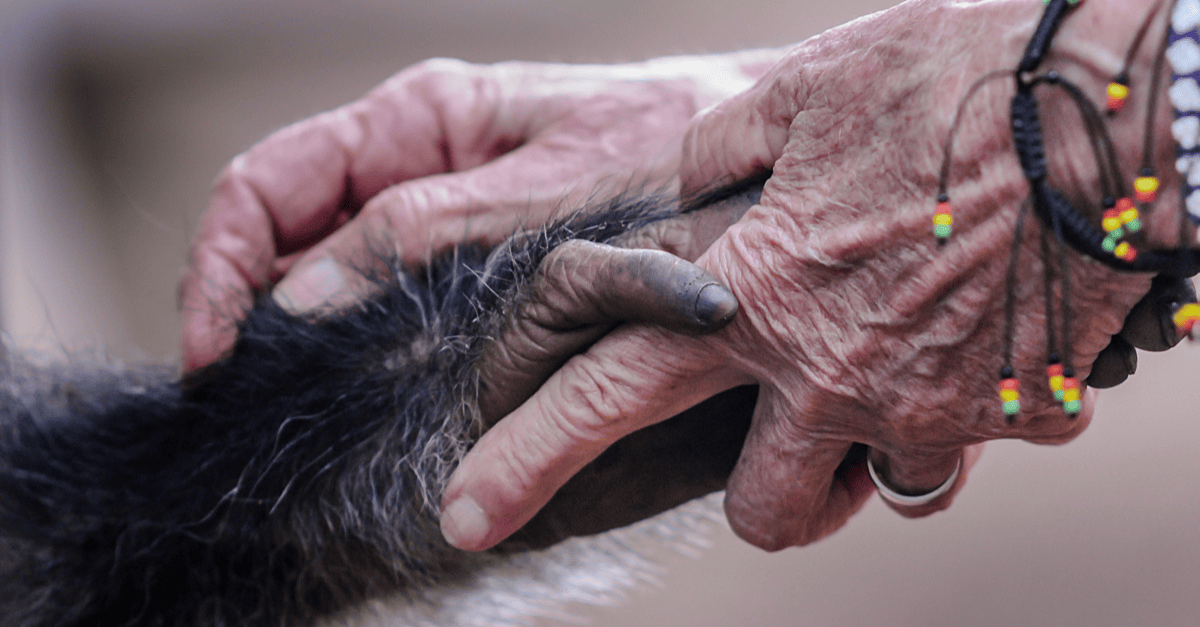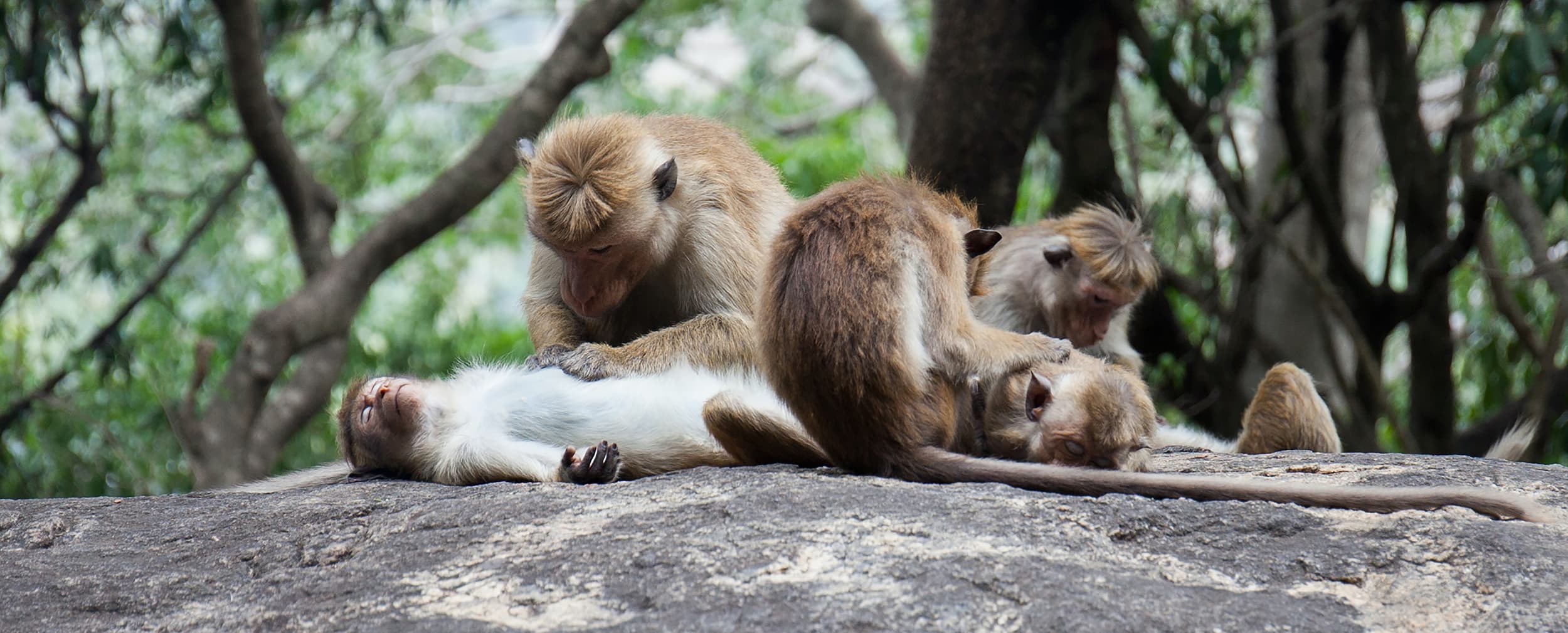In a very welcome development, the United Nations Committee on the Rights of the Child has adopted General Comment 26, an interpretation of the Convention on the Rights of the Child with a special focus on the environment and climate change. General Comment 26 has placed crucial emphasis, among others, on the right of children to freedom from all forms of violence, including exposure to violence inflicted on animals.
“Children must be protected from all forms of physical and psychological violence and from exposure to violence, such as domestic violence or violence inflicted on animals.” Committee on the Rights of the Child
The significance
The Committee, responsible for monitoring the Convention’s implementation, issues General Comments on various issues relating to children to which it believes State parties should devote more attention. With General Comment 26, the Committee is helping States understand that protecting children from violence inflicted on animals is essential for upholding child rights.
The Committee’s explicit reference signifies an important step toward ensuring that cruelty to animals is seen as unacceptable. This inclusion was championed by the European Link Coalition, whose advocacy work has propelled this agenda forward.
Malcolm Plant, of the European Link Coalition, expressed his satisfaction with this achievement, stating, “Such interpretation provides NGOs around the world with an authoritative remit to demand governments achieve compliance by introducing policies which address traditions and practices where children are exposed to violence against animals.” He added, “This should mean that no child can be taken trophy hunting, attend bullfighting or animal sacrifice festivals. It should also mean creating laws to protect children from violence against animals within their homes.”
By acknowledging the importance of preventing violence against animals in the context of child rights, this interpretation promotes a culture of empathy, respect, and protection for both children and animals.
P.S. The General Comment of the Committee on the Rights of the Child also highlights that interacting with and playing in natural environments, including the animal world, has developmental benefits for children.
Photo Credit: Jo-Anne McArthur / #unboundproject / We Animals Media
